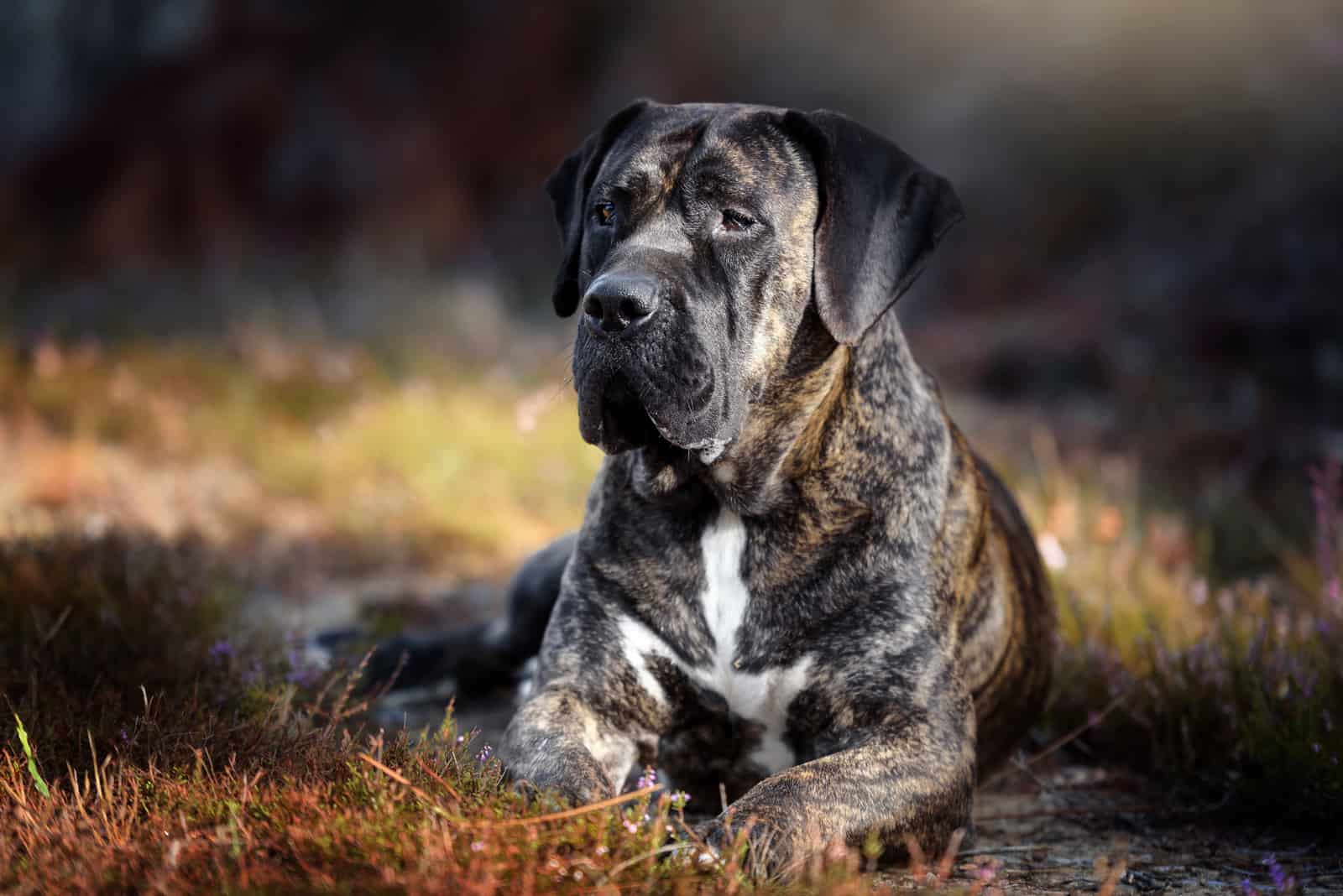The Presa Canario growth chart can be of great help for all new owners of this wonderful dog breed, but also for experienced owners who want to keep track of their pup’s growth.
It’s interesting to notice that the Cane Corso is often compared to the Presa Canario dog breed, although they don’t belong to the same breed, and have their own set of differences.
From brindle to fawn, Presa Canarios come in several shades, but their color does not impact their size in any way, although darker-shaded Presa pups might seem sturdier and bigger than ones with lighter shades.
If you want to know more about this magnificent large breed that came from the Canary Islands, keep on reading our article!
Presa Canario Growth Chart
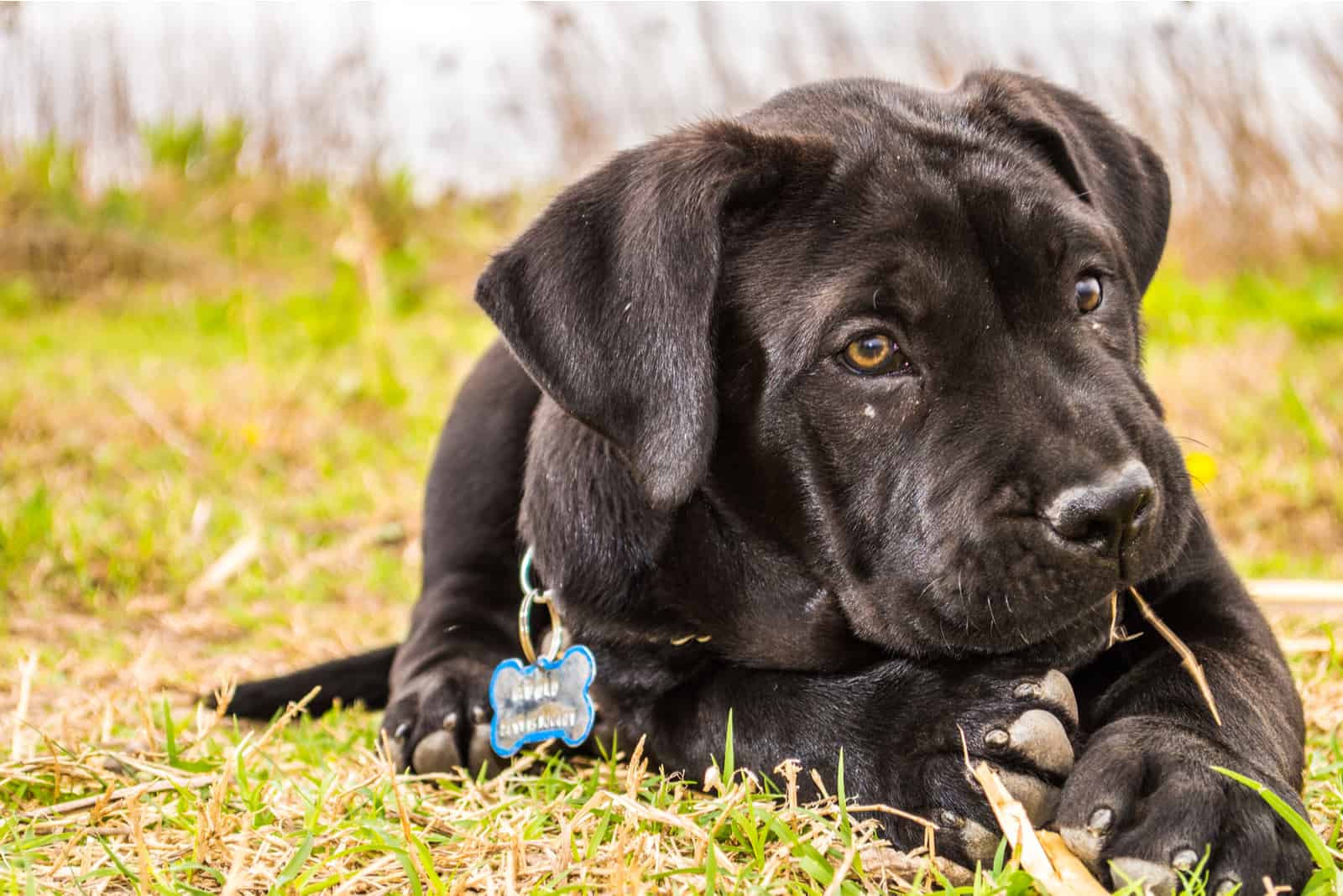
These canines are big dogs, just like Great Danes and Cane Corsos, although it looks a lot like a mixture of Pitbulls, Bulldogs, and German Shepherds.
RELATED: 23 German Shepherd Mixes That Will Melt Your Heart
This interesting breed is definitely heavy-weight, which is what makes them prone to weight gain.
The chart below shows the general guidelines for the healthy weight of Presa Canarios until they turn one year of age:
[table id=622 /]
Perro De Presa Canario Puppy Growth Chart By Months
First Three Months
There is a lot going on during the first three months of a puppy’s life, especially when it comes to Presa Canarios, which are specific for their size and weight.
These pups aren’t considered giant dogs by their height as they usually grow up to 26 inches at most, but they can be just as heavy as large dogs.
However, their weight varies greatly during this period, so it’s not easy to say what type of weight would be considered typical before they turn three months.
During the first month, puppies are usually completely attached to their mother as they receive all the necessary nutrients from the mother’s colostrum.
In the second month of their life, these pups will become more social, and they will start with regular puppy food, but it will still be mostly mixed with puppy formula.
When it comes to the third month, the puppies will be finally ready for full social interaction and more intensive socialization and obedience training.
Puppies are usually given away or sold between the second and third months of their life, so they can get used to the new environment and owner.
Fourth Month
At this point in life, the Presa Canario puppy’s weight will already reach more than 40 lbs, so they might not look like pups anymore, even though they’ll still behave like ones.
This period is crucial for their development. If you haven’t yet started with intensive training, now is the time or else you might not be able to take over control of your pup again.
They will already start showing suspicion once they see someone who they haven’t met before.
Presa Canarios have strong guarding instincts, so there are high chances that the pups won’t let you use the bathroom without them.
Fifth To Eighth Month
The pups are developing quite fast during this period as they’re becoming more independent, and also energetic.
They will require you to spend more time outside with them and play. You can expect your pup to reach about 90 to 100 lbs in this period, which is quite a lot, especially since they’re still not fully grown.
Don’t be surprised if your pup acts as a lap dog at this point and wants to cuddle all the time… they’re still puppies after all.
When it comes to food, Presa Canarios should be already used to puppy food (either wet or kibble).
In case you notice that your pet’s weight varies greatly from the chart above, you should contact your vet and do a checkup.
Ninth To Twelfth Month
These three months are crucial for the development of the Presa Canario pup. This Mastiff-type canine will get near its fully-mature size during this period of time.
However, not all Presa Canarios reach adult size as soon as they turn one year of age.
Some Presa Canarios might grow until they’re one, while others don’t reach maturity until they’re at least a year and a half old.
Spaying/neutering is recommended during this period, although most reputable Presa Canario breeders and vets recommend getting these pups spayed or neutered as late as possible.
When Will My Presa Canario Stop Growing?
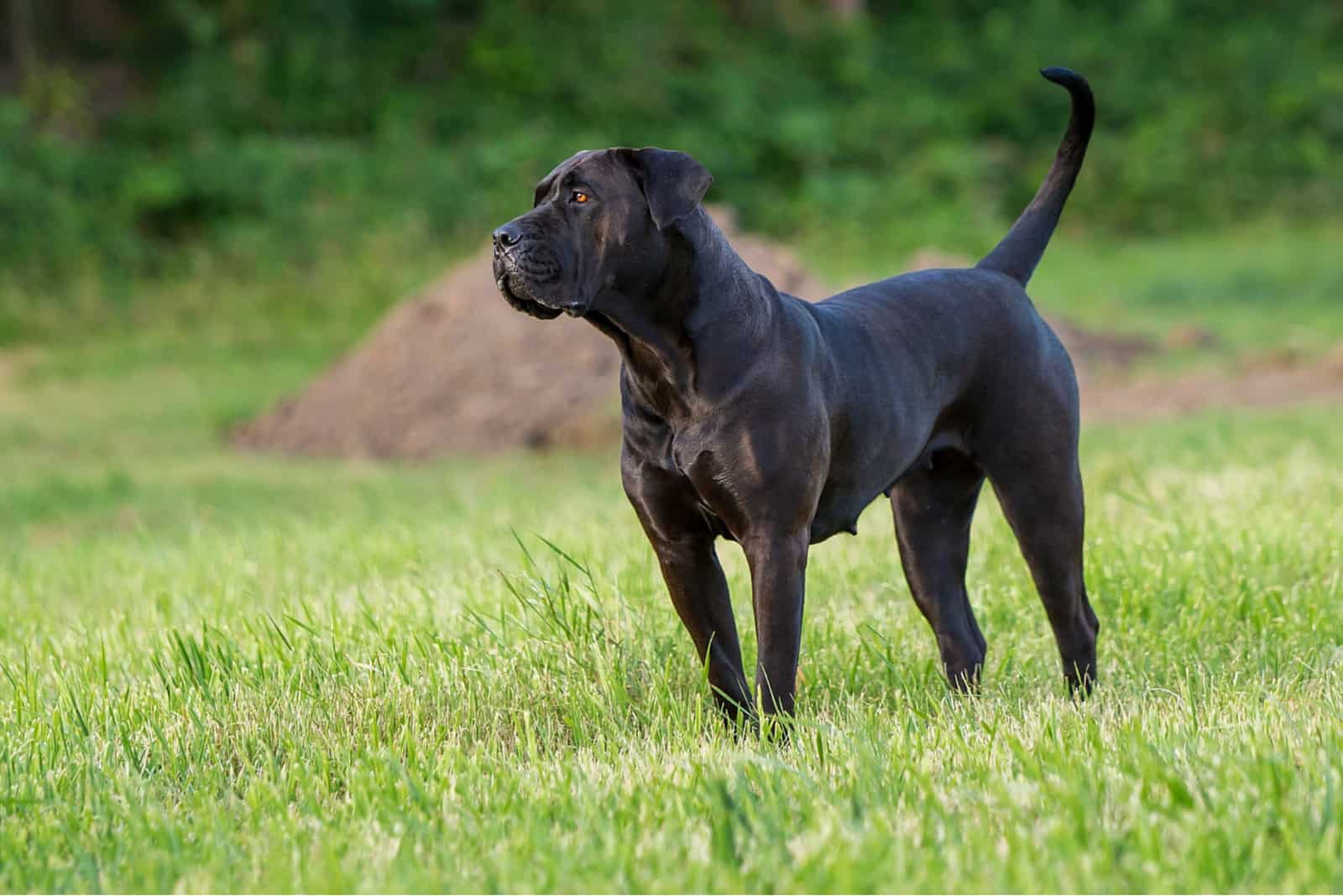
During the first 54 weeks of its life, your pet will develop at a lightning-fast rate. Your Perro de Presa Canario will have attained 95 percent of its body weight at the end of the twelfth month of its life.
After that, your dog will gradually stop gaining more weight. The Perro de Presa Canario should have reached its utmost potential weight at about 17 months of age.
The information presented here is purely a suggestion, and it can be used by either male or female Presa Canarios. On the other hand, in comparison to female dogs, male canines often develop at a somewhat different pace.
However, the difference between their growth rate is rather insignificant as it varies from just one to two inches, and a couple of pounds.
Also, not every canine has the same pace of development. It’s perfectly normal for your pet to develop on its own, so don’t be surprised if your pup doesn’t fit the dog weight chart that we have above.
Still, if you notice a big difference between the table and your pet’s growth, it might not be a bad idea to ask for a professional opinion from a reputable vet.
Presa Canario Exercise Requirements
Training is particularly important for Presa Canario canines since this breed is strong, agile, and has a long history of being used as a working dog.
Therefore, keeping your big pet happy, healthy, and at peace requires regular activity.
Because Presas are thoughtful, self-reliant, and goal-oriented, the pursuit of things that challenge them intellectually, in addition to physically, will provide them the most joy.
You can start practicing with your pup when it turns three months of age by choosing to take it on brief leashed walks, then raising the walks’ intensity and frequency as the puppy grows older. Depending on its age and overall exercise levels, an adult Presa will need approximately an hour of physical activity throughout the day.
When you take the Presa puppy for a walk, it is essential that you make absolutely sure it walks next to you or after you, and that it is not permitted to dominate.
Once you show your dominance, your pet will develop more respect toward you.
However, don’t forget to use positive reinforcement during training as well since this is one of the crucial factors in your pet’s development.
If your pup isn’t regularly trained, there is a high chance it might develop separation anxiety, which can lead to destructive behavior.
How To Groom A Presa Canario
Grooming is a very important part of the canine’s overall development as it doesn’t just keep your pet’s hair shiny and luxurious, but it also has an impact on the dog’s health.
If these dogs aren’t regularly bathed and brushed, they will develop various health issues, including skin conditions such bacterial infection.
The good thing is that you don’t have to wash this pup as much as a Golden Retriever, which should be done at least every three weeks.
Presa Canarios can be bathed every four to six weeks without any problem.
Presas have a short and smooth coat that sheds more significantly during the spring and fall seasons; nevertheless, even then, the shedding is not excessive.
Brushing your pet’s hair once a week will be helpful for the majority of the year; however, brushing its fur every day, along with taking a bath or two during the shedding season, is the most effective way to reduce the quantity of hair that is shed.
FAQs
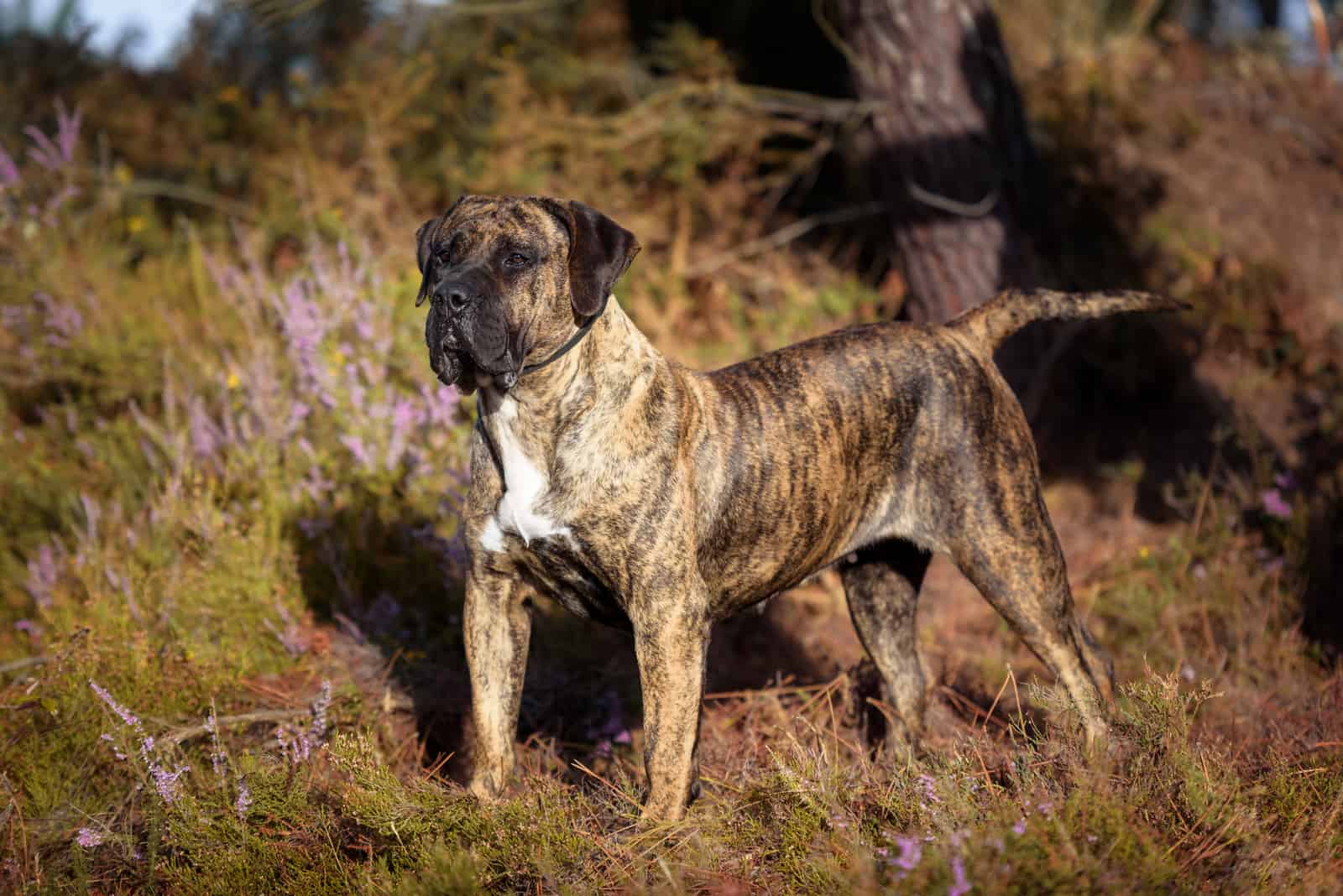
What Is The Lifespan Of A Perro De Presa Canario?
The life expectancy of a Presa Canario can range anywhere from nine to eleven years, depending on the conditions in which it lives, as well as its capacity to avoid some prevalent ailments and hereditary disorders.
Presas are notoriously prone to developing hip dysplasia, mast-cell malignancies, epilepsy, patellar luxation, osteochondrodysplasia, and a variety of other disorders that are rather common.
Therefore, it is essential to take these canines, as well as any other kind of dog, on a consistent basis to the veterinarian, and take preventative measures to ensure that their health is well taken care of.
Their life expectancy usually depends on their overall health, but also on their way of life.
If the dog owner takes good care of this large breed, from its environment to the dog food it receives, then there is a high chance that the dog might even exceed its life expectancy.
What Is The Healthy Weight Of A Perro De Presa Canario?
According to the American Kennel Club’s (AKC) breed standard, the adult weight of these dogs should be up to 110 lbs, although this can be stretched up to 120 lbs, depending on the height and heritage of the pup.
Maintaining a healthy weight of your dog is crucial for its proper development and overall well-being.
If you notice that your pup is underweight or overweight, you should react as soon as possible.
The best solution would be to find a veterinarian or a dog food nutritionist who would make a diet plan according to your pet’s size, gender, and other factors that impact weight gain or loss.
Presa Canario feeding charts also contain great guidelines on the size of each meal your pup should have in every stage of its life.
How Can I Measure My Canine?
The best way to measure your Presa is by using the Body Condition Score (BCS), which shows the growth rate of the pet throughout different phases of its life.
If you can just barely feel your dog’s rib cage while you run your hand over its sides, then your pet is of healthy weight.
However, if there’s no layer of fat at all, it’s a sure sign that the canine is underweight. Likewise, a thicker layer of fat over the ribs is one of the symptoms of obesity in dogs.
You can check your dog’s weight by weighing yourself on a bathroom scale, then repeating the same action with your doggo, and then subtracting the two weight measures (that probably won’t be possible once they reach 100 lbs, so this might be a better idea for small dogs).
Another way to measure your pooch is by using a puppy weight calculator, which might give you at least general guidelines on your pet’s weight.
Can A Perro De Presa Canario Be A Good Family Dog?
These pups are excellent guard dogs that are highly energetic, which is why they might be considered good family canines. However, they’re quite strong-willed, so they might not be the best choice for inexperienced owners.
It is generally agreed upon that the Presa Canario is a type of canine that places a high value on its human companions, and it is very clever and trainable.
The Presa Canario has the potential to develop into a devoted family companion and an exemplary member of the canine community if given sufficient opportunities for socialization and training.
Some individuals may choose not to interact with pets that are strongly confident and clever.
The Presa Canario is extremely self-assured and domineering. Because of this, you will need to put a lot of effort into dog obedience and early socialization.
If you are simply seeking a pet that will be an easy, enjoyable family dog with a kind demeanor, then you might want to look elsewhere.
Skilled canine owners should be able to handle the Presa’s temperament with proper training.
Wrapping Up
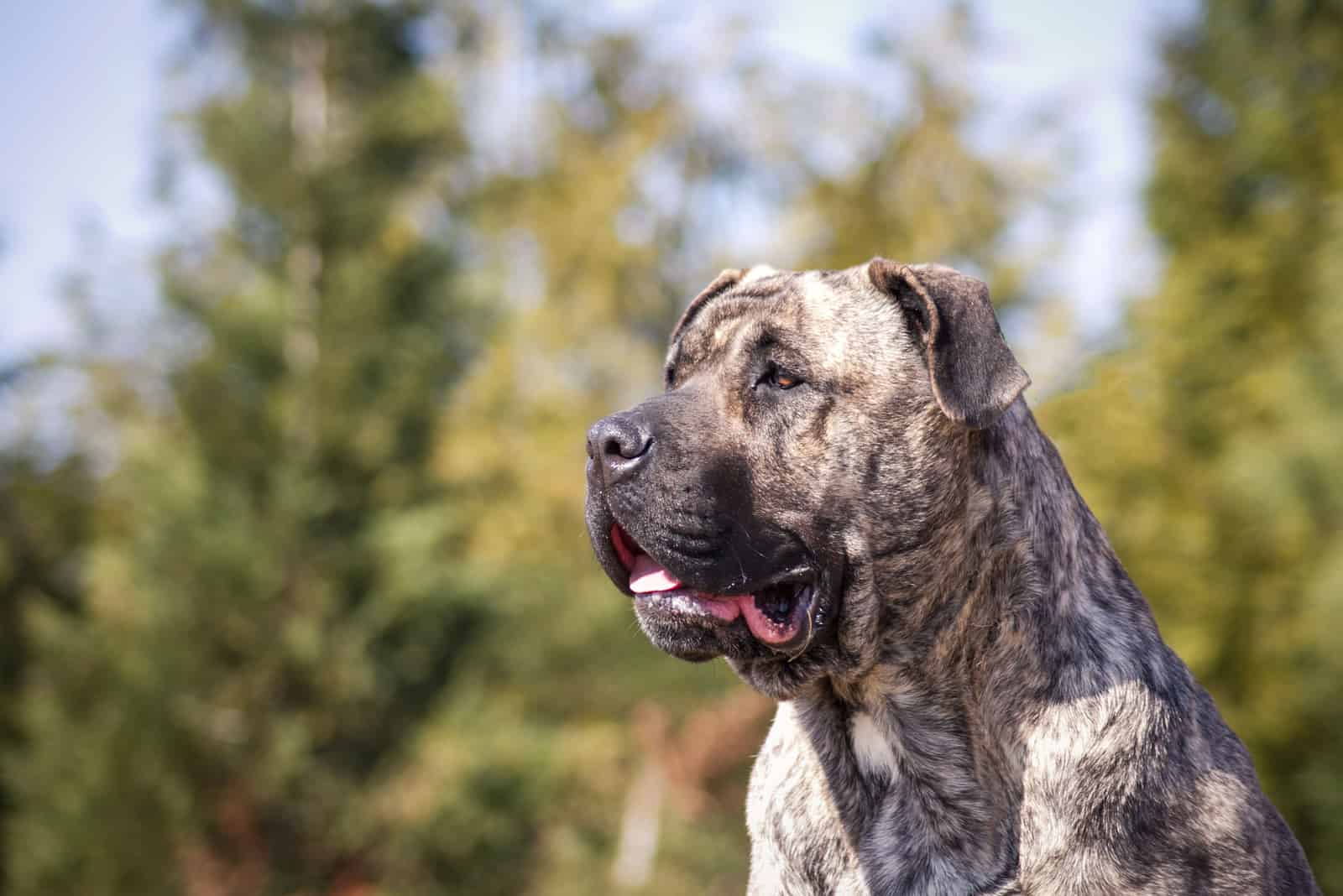
The Perro De Presa Canario growth chart can be quite useful for dog owners who would like to follow the development of their canines.
This growth chart can be used for mixed breeds of this purebred canine as well, especially if they inherit the majority of the Presa’s genes.
Every owner wants only the best for their pet, and if you’d like to have a healthy dog, you will need to keep regular track of its growth rate.
In case your pup doesn’t follow the same rate, there’s no reason to worry immediately, but if you want to make sure that your pup is fine, you can take it to the vet for a checkup.
I hope you have found some useful information in today’s article, our dear friends. Stay pawsome!
READ NEXT:
Presa Canario Pitbull Mix – The Scariest Guard Dog?
